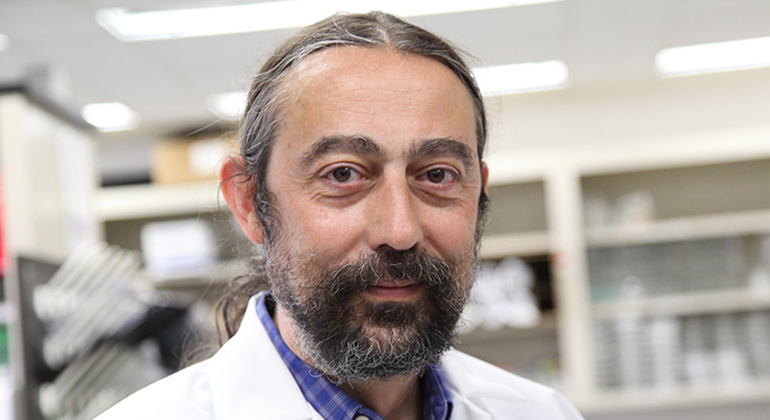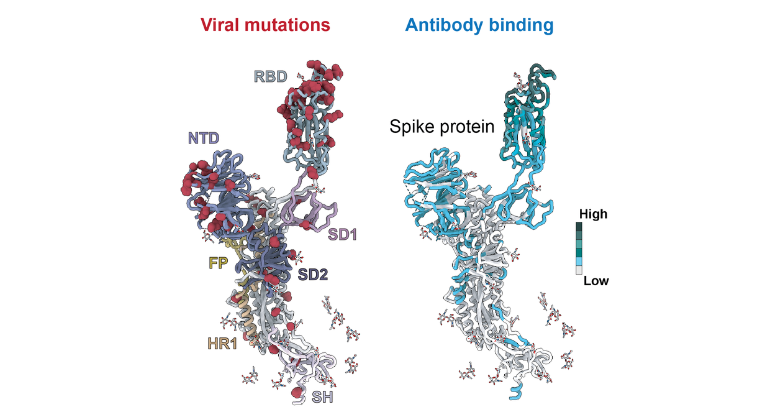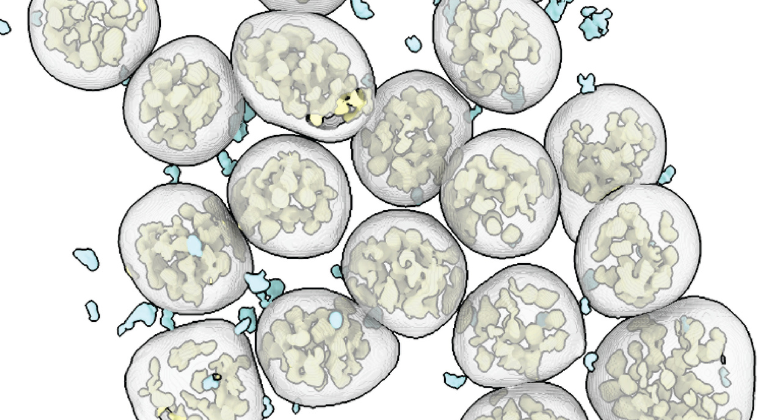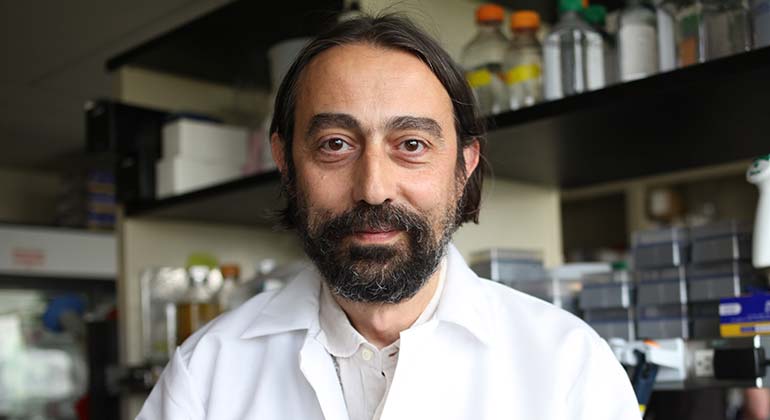Mount Sinai Research Reveals How the Ebola Virus Manages to Evade the Body’s Immune Defenses
Mount Sinai researchers have uncovered the complex cellular mechanisms of Ebola virus, which could help explain its severe toll on humans and identify potential pathways to treatment and prevention.

Mount Sinai researchers have uncovered the complex cellular mechanisms of Ebola virus, which could help explain its severe toll on humans and identify potential pathways to treatment and prevention. In a study published in mBio, the team reported how a protein of the Ebola virus, VP24, interacts with the double-layered membrane of the cell nucleus (known as the nuclear envelope), leading to significant damage to cells along with virus replication and the propagation of disease.
“The Ebola virus is extremely skilled at dodging the body’s immune defenses, and in our study we characterize an important way in which that evasion occurs through disruption of the nuclear envelope, mediated by the VP24 protein,” says co-senior author Adolfo García-Sastre, PhD, Professor of Microbiology, and Director of the Global Health and Emerging Pathogens Institute of the Icahn School of Medicine at Mount Sinai. “That disruption is quite dramatic and replicates rare, genetic diseases known as laminopathies, which can result in severe muscular, cardiovascular, and neuronal complications.”
After first appearing in 1976 in Africa, the Ebola virus has triggered a number of outbreaks on that continent, the most serious from 2014 to 2016 in West Africa, with a 50 percent mortality rate among its victims. The virus, which causes severe hemorrhagic fever, is transmitted to people from wild animals and spreads through human-to-human transmission.
In their laboratory work—much of it conducted with research partners from CIMUS at the Universidad de Santiago de Compostela in Spain, and the Bernhard Nocht Institute for Tropical Medicine in Hamburg, Germany—investigators identified the cellular membrane components that interact with VP24 to prompt nuclear membrane disruption. These components are emerin and the inner membrane constituents lamin A/C and lamin B. Specifically, the VP24 protein decreases interaction of lamin A/C and emerin, compromising the integrity of the nuclear membrane, which, in turn, results in leakage of DNA and the loss of function by the body’s disease-fighting cells.
The researchers further showed that VP24 disrupts signaling pathways that are meant to activate the immune system’s defenses against viral invaders like Ebola. The biological consequence of this is even greater interference with the normal physiology of cells, including antiviral immunity.
“We believe our discovery of the novel activities of the Ebola VP24 protein and the severe damage it causes to infected cells will help to promote further research into effective ways to treat and prevent the spread of deadly viruses, perhaps through a new inhibitor,” says Dr. García-Sastre, who has spent the past 25 years focused on the molecular biology of rare and common viruses. “Indeed, that research will hopefully identify even more precisely the molecular mechanisms by which viruses like Ebola invade the body and find ways to cleverly avoid its immune defenses.”
About the Mount Sinai Health System
Mount Sinai Health System is one of the largest academic medical systems in the New York metro area, with 48,000 employees working across seven hospitals, more than 400 outpatient practices, more than 600 research and clinical labs, a school of nursing, and a leading school of medicine and graduate education. Mount Sinai advances health for all people, everywhere, by taking on the most complex health care challenges of our time—discovering and applying new scientific learning and knowledge; developing safer, more effective treatments; educating the next generation of medical leaders and innovators; and supporting local communities by delivering high-quality care to all who need it.
Through the integration of its hospitals, labs, and schools, Mount Sinai offers comprehensive health care solutions from birth through geriatrics, leveraging innovative approaches such as artificial intelligence and informatics while keeping patients’ medical and emotional needs at the center of all treatment. The Health System includes approximately 9,000 primary and specialty care physicians and 10 free-standing joint-venture centers throughout the five boroughs of New York City, Westchester, Long Island, and Florida. Hospitals within the System are consistently ranked by Newsweek’s® “The World’s Best Smart Hospitals, Best in State Hospitals, World Best Hospitals and Best Specialty Hospitals” and by U.S. News & World Report's® “Best Hospitals” and “Best Children’s Hospitals.” The Mount Sinai Hospital is on the U.S. News & World Report® “Best Hospitals” Honor Roll for 2025-2026.
For more information, visit https://www.mountsinai.org or find Mount Sinai on Facebook, Instagram, LinkedIn, X, and YouTube.

Scientists Uncover How COVID-19 Variants Outsmart the Immune System
Nov 21, 2025 View All Press ReleasesMount Sinai Researchers Advance a Universal Influenza Virus Vaccine
Dec 07, 2020 View All Press Releases



